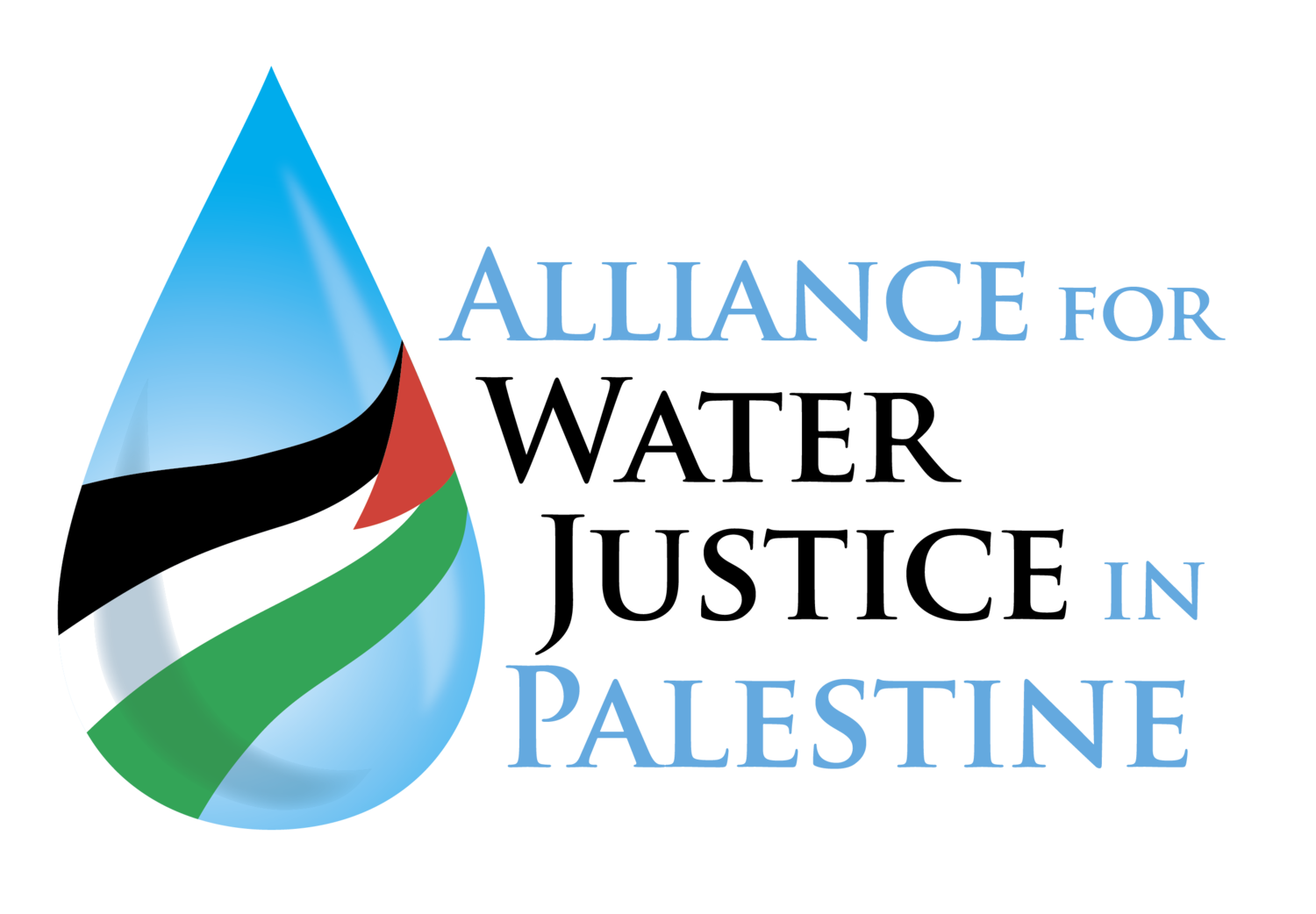World Water Day Forum highlighted common struggles against colonialism, corporate power
On March 22 The Alliance for Water Justice in Palestine marked the 25th annual World Water Day with a Stand Out for Water Justice in downtown Boston followed by a forum, ‘The Arc of Water Injustice from Palestine to Standing Rock.’
The UN had designated March 22 as World Water Day back in 1993. In the years since then various UN bodies have declared water as a human right which “should be treated as a social & cultural good, and not primarily as an economic good,” in the words of the Committee on Economic, Social and Cultural Rights. The UN General Assembly formally recognized water as a human right in 2010.
While these lofty pronouncements were being drafted, a very different neoliberal reality was unfolding on the ground, as large corporations turned water into a commodity to be bought and sold for a profit. In indigenous lands around the globe water resources were being plundered and polluted, with devastating consequences for traditional ways of living and the environment. The ongoing seizure and diversion of water to drive indigenous peoples from their land has been a tool of colonial domination from the Americas to Palestine and beyond.
The contradiction between UN rhetoric that water is a common good and the neoliberal drive to make water a commodity exploited by the powerful is particularly glaring every three years, when the World Water Council hosts a giant World Water Forum attended by well over 10,000 government ministers, multilateral corporations, international bodies like the World Bank, development organizations and water industry businesses hawking their wares.
This year, from March 18 – 23, the Eighth World Water Forum took place in Brasilia, Brazil. Simultaneously, an Alternative World Water Forum was taking place in Brasilia, with the theme “water is a right, not a commodity.” It sought to bring together organizations and social movements from all over the world that struggle for water justice and in defense of water as an elementary right to life.
Our forum stood in solidarity with this effort, and focused on the threat to indigenous water resources in Palestine, North America and Latin America.
The first presentation was made by Nidal al Azraq, a Palestinian who grew up in Aida refugee camp in the West Bank and is now the executive director of Boston-based 1for3.org. He used the example of the West Bank village of Walaja to show how the seizure of water resources by Israel, along with the building of Israel’s Apartheid Wall across village land, served as weapons of ethnic cleansing.
The second presenter was Yasir Kaheil, a hydrologist from the Gaza Strip who worked at the Palestine Water Authority before coming to live in the United States. He described the water catastrophe facing Gaza and repeated efforts to deal with it that were all either destroyed by Israeli military attacks or abandoned for political reasons.
The discussion then switched continents, as Grassroots International executive director Chung-Wha Hong spoke about efforts made by its partner groups in Brazil and Honduras to confront mining interests that appropriated and polluted huge amounts of water, and to stop the building of giant hydroelectric dams that displaced indigenous communities. The courage required to take on massive corporate power became tragically clear when the indigenous human rights and environmental activist Berta Caceres was murdered in March 2016 while leading the battle against Honduras’ biggest hydroelectric dam.
Next, Dorotea Manuela, a coordinator of Boston’s Color of Water Project, did not mince words when she described the close relationship between race and water access in Boston, and the impact of colonialism on her native Puerto Rico. She outlined how ‘shock doctrine’ – the term coined by Naomi Klein – was playing out in post hurricane Puerto Rico, including in the provision of water resources.
The final presenter was Mark Kenneth Tilsen, an Oglala Lakota poet and educator who had been a non-violent direct action coordinator at Standing Rock. He talked about the campaign of Standing Rock Water Protectors and surveyed Lakota efforts to use treaty rights to prevent the building of dams and other ruinous water projects that destroyed indigenous homes, livelihoods and culture.
In the far-ranging discussion that followed, participants spoke of the importance of learning from each other’s struggles, of recognizing what they had in common, and of striving to build genuine multiracial solidarity movements here in the United States.
Nancy Murray




